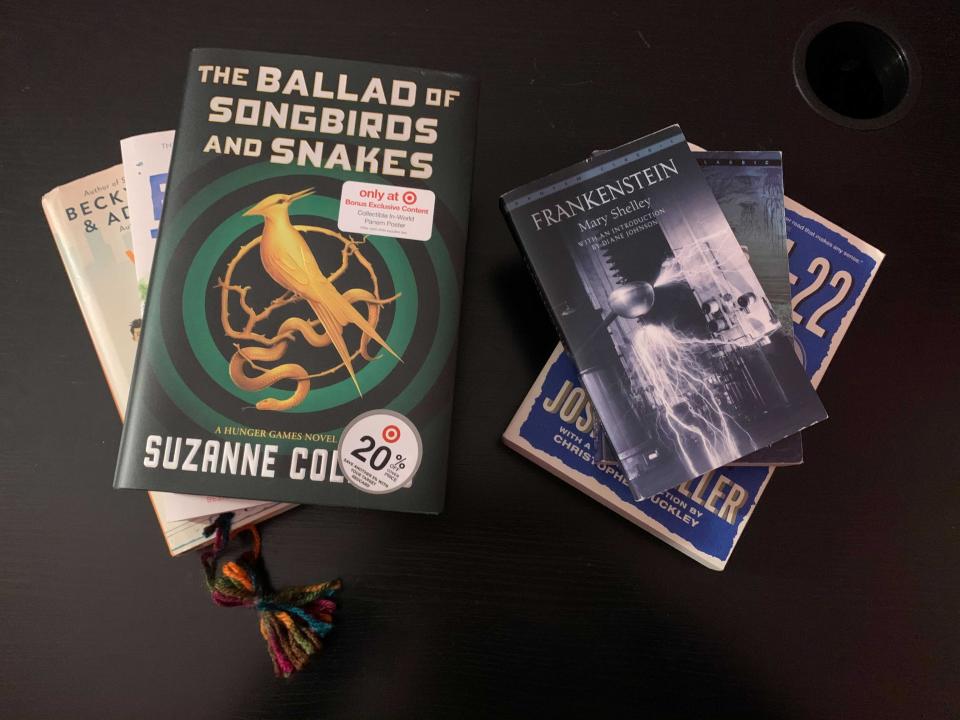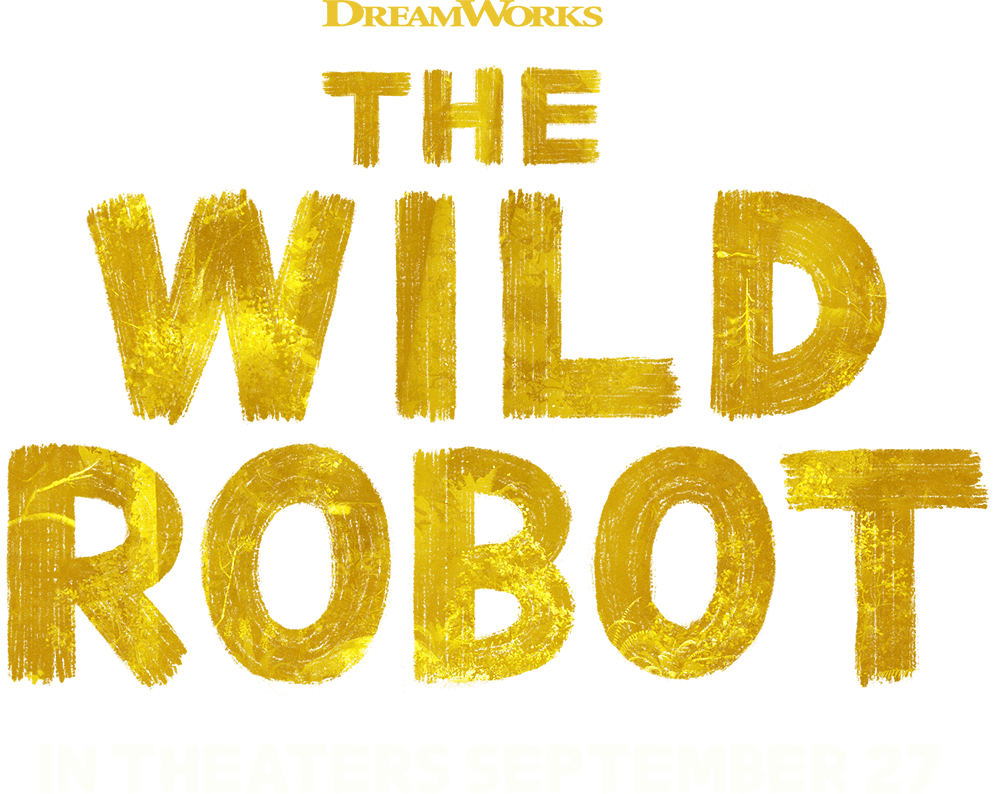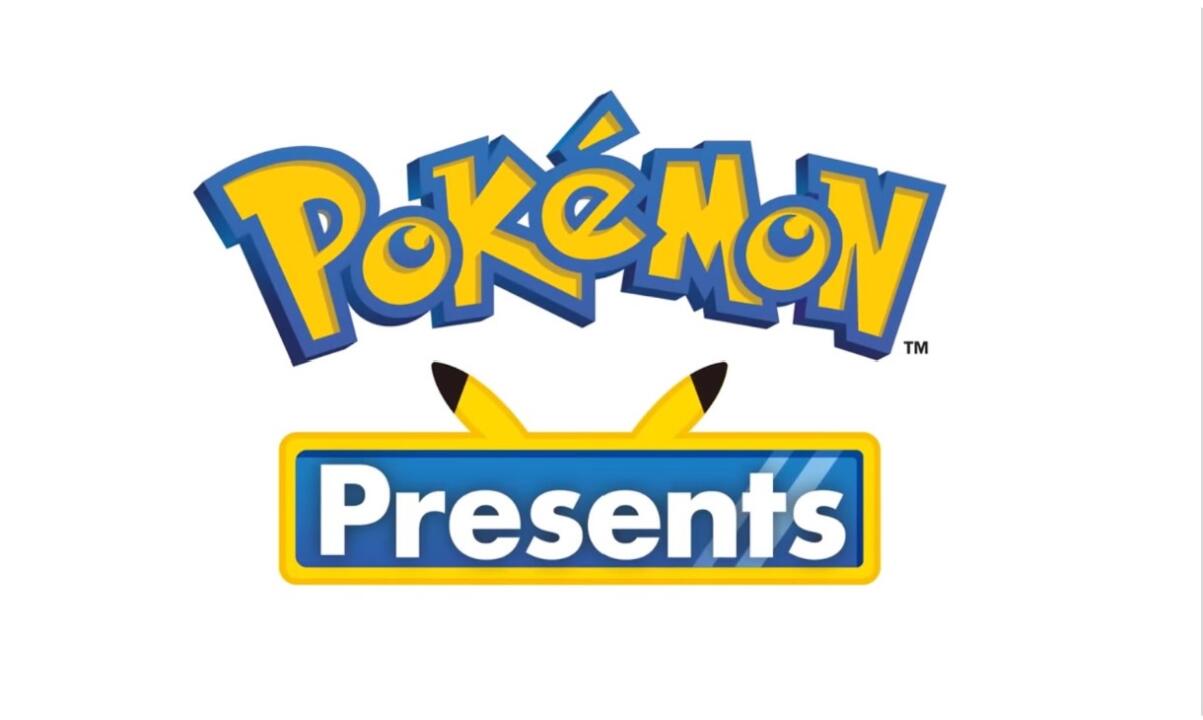Readers love to talk about books. Raving over new and old favorites alike can be just as satisfying as ranting about infuriating reads. But there is an uncomfortable intersection between these two categories that makes readers blush.
This feeling comes when discussing “guilty pleasure” or “trashy” reads. For fear of feeling judged, it is common to say something like “I know, it sucks, but I love it” or “it’s so bad, it’s good.” Laughter is fun, as well as healthy and cathartic, and there is nothing wrong with reading a book just to laugh at it. This practice also transcends genres and media as people will watch “bad” movies and TV shows for the entertainment value.
But there are real problems that come from painting books in such broad strokes. Authors spend months, years or even decades writing their works. Readers should absolutely critique them, but this culture of qualifying some books as “bad” is dismissive. And it sets up a binary — if there are “bad” books, then what are the “good” ones?
Internet sites about books can provide insight into this dynamic. Users of the reading-logging and social media site Goodreads have tagged so many of their book lists as “guilty-pleasure” that the site created a virtual shelf called “Guilty Pleasure Books” that orders titles by the number of times they have been tagged. Meanwhile, the Barnes and Noble blog, B&N Reads, published an article called “25 Books You Probably Should Have Read Already.”
The former list is associated with feelings of guilt that readers on this community site have for reading the books. The latter article guilts readers further by suggesting that the titles it lists are somehow more worthy. Granted, most of the books on this list are classics so the title is probably a tongue-in-cheek reference to the pressure readers already feel to finally read those esteemed tomes. But the list still contributes to the theme of the degradation of certain books and the elevation of others with its urgent tone.
Further examination of these lists reveals a certain trend as well. Thirteen authors among Goodreads’ top 25 guilty pleasure titles are women. Meanwhile, the B&N Reads post displays the books of 25 different authors, and only eight of them are women while the remaining 17 are men. Most of the books on the Goodreads list are also young adult or new adult fiction, including extremely popular titles like “Twilight” (at number one) and “The Hunger Games.”
Male authors have arguably had an easier time getting published, especially in centuries past, which could help explain their dominance in the favored list. It is also arguable that the B&N Reads article seeks to uphold established literary traditions and not anger any readers because it is a large company. But how “good” are these excuses?
Two central questions pertain more to the Goodreads list: why are users, who can use the site for free and are mostly average readers, associating subjective enjoyment with so many women authors? And why do they seem to feel worse about reading YA and new adult fiction?
One important point to note is the possibility of problematic elements in these books influencing reader opinions. Notably, among the aforementioned top 25 are all three books in the “Fifty Shades” trilogy which have become controversial for their treatment of consent (see this Huffington Post article for a take on the novel’s messaging). And all readers can find different plot points, themes and discussions to be unacceptable and wrong. Some ways to work against books containing these elements include boycotting and protesting them, as well as speaking out in reviews and on social media.
But otherwise, what is the use of labeling books as “bad” and “good” in their entertainment value? Not only does this put pressure on readers to conform in their hobby, which can cause anxiety, but it is not generative. Instead, it is more enriching and fun to analyze books and engage in the tradition of literary criticism. Or just read them for fun and be proud of it.


